I just got my little terrain generator to render the first planets.
The generated terrain is not yet very realistic, the “texture” is just a height-map and the poles (not pictured) look really bad.
Still: success! I managed to get something involving sine and cosine to actually work, sort of. And I regained my sixth grade math skills in the process…
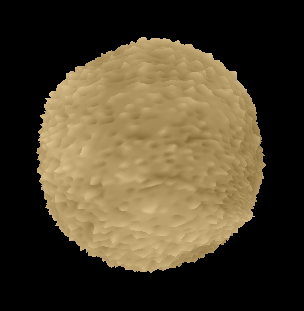
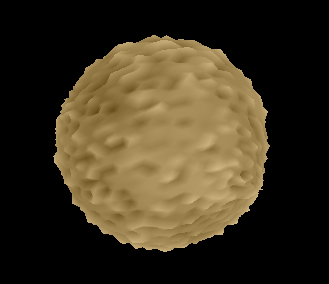
It’s written in Racket, which is a Scheme, which is a Lisp – which doesn’t matter since I have yet to find OpenGL bindings that would not follow that strange standard OpenGL programming style.
However, there are three advantages in using a Lisp over something like C: read, eval, and print.
I’ve build a console into the generator’s main window, which exposes an interactive read-eval-print-loop to the user. It’s not yet hooked up to the generator’s internals but evaluating standard Racket code does work:
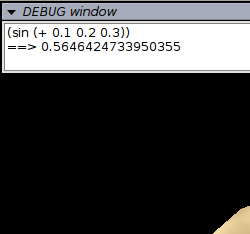
(By the way – that sort of thing is not complicated in Racket. About twenty lines of code, including the text-field instantiation.)
When that console is done, debugging and further development can happen interactively – with a live preview, as it were.

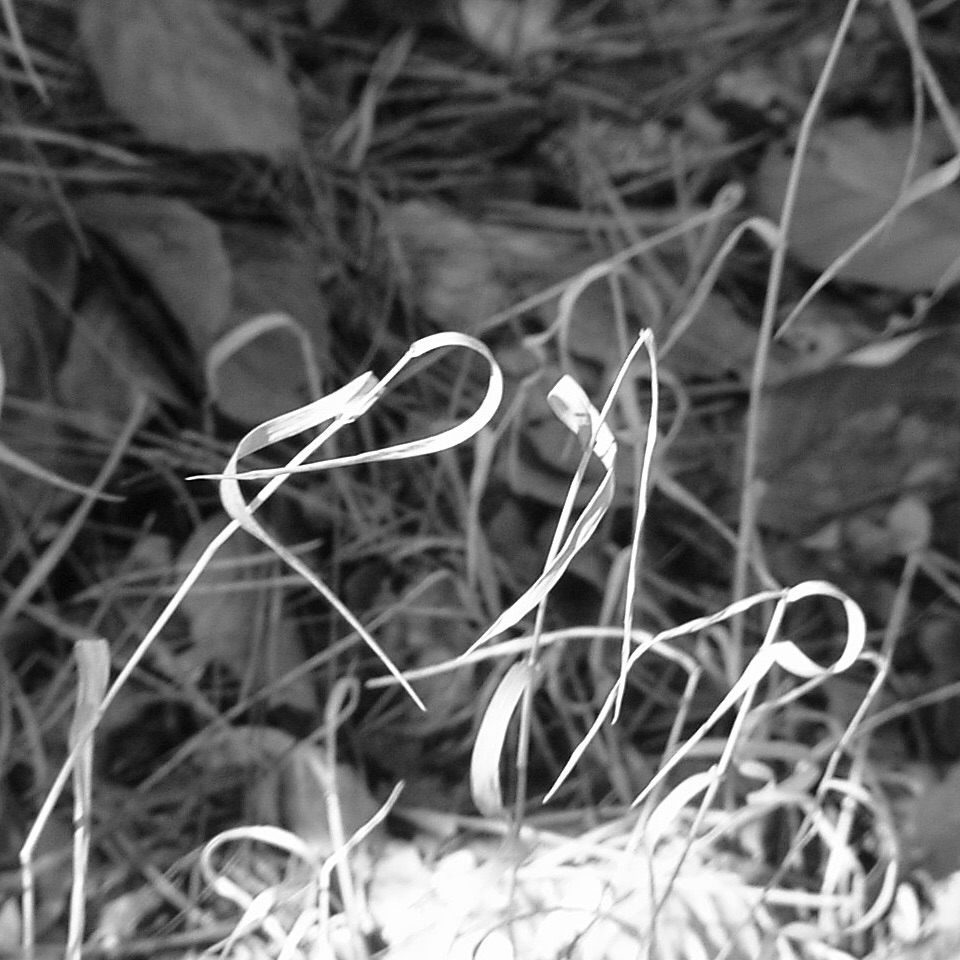



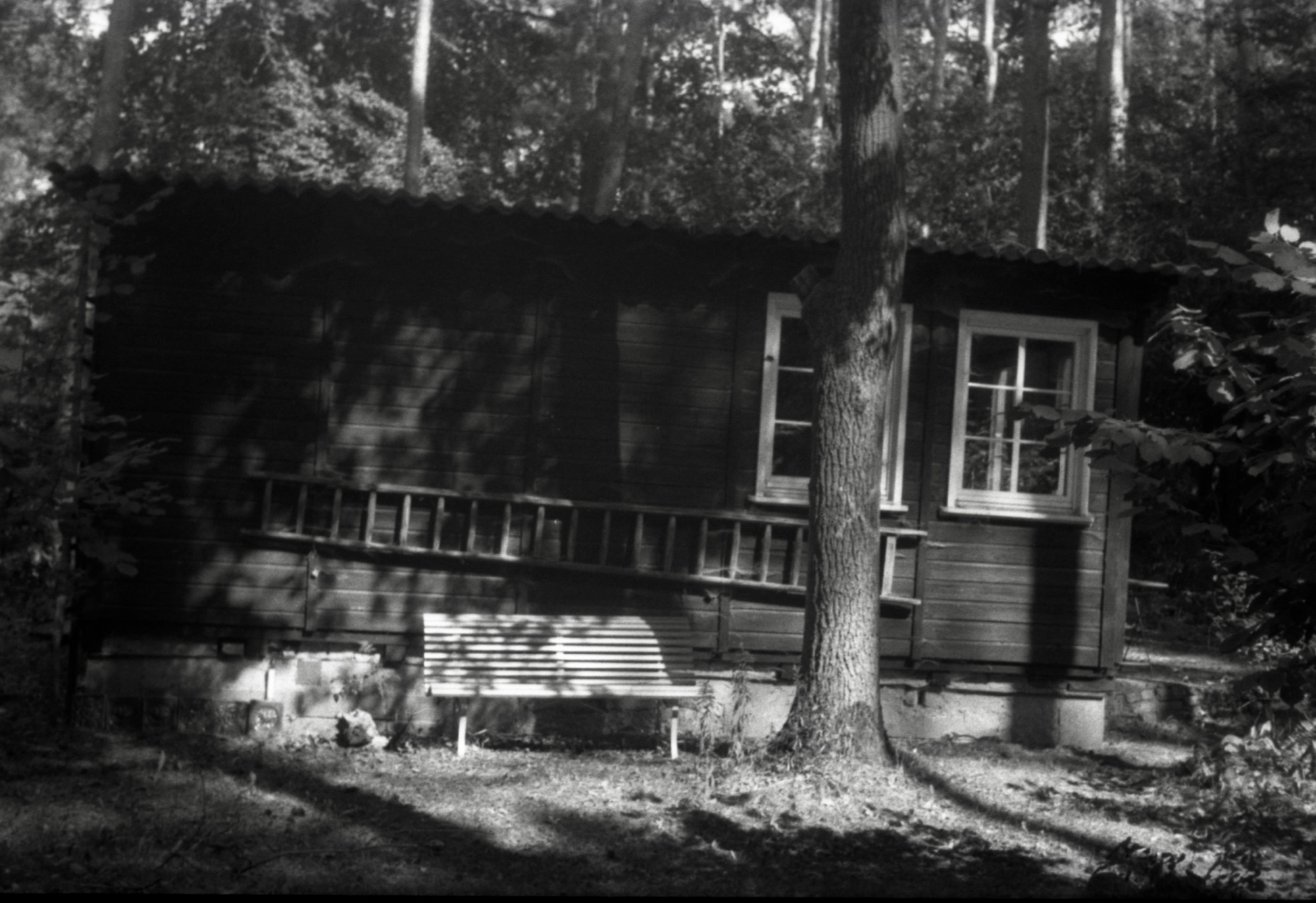

Leave a Reply